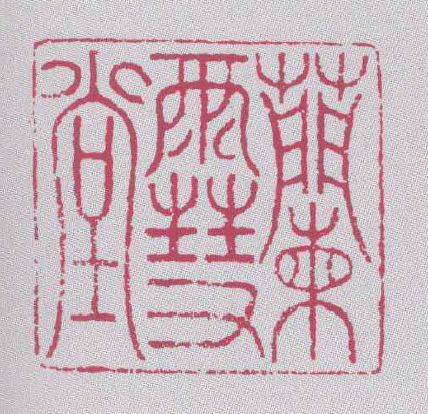Abstract
Among documented pre-modern seal engravers in art catalogs and historical records, less than 1% were female. Han Yuesu 韓約素 (fl. 1630s), active around the turn of the Ming and Qing dynasties, was the first female engraver who achieved wide recognition and admiration. She has not received much academic attention, as only a few of her seals were preserved in seal catalogs (yinpu 印譜). This paper draws materials from various sources–seals, poetry, vernacular novels, and artists’ biographies–to answer the following questions. First, how did her seals, their artistic style and poetic content, help to present the femininity of her seal engraving, an otherwise “masculine” art due to the heavy labor involved in production? Secondly, how was she received among later generations of poets, seal engravers, and novelists as stereotypical “boudoir talent” (guixiu 閨秀)? Thirdly, widely benchmarked as the first female seal engraver, how did her image, fashioned mainly in male artistic criticism, enlighten and, more often, define women engravers in vernacular novels? Studying her art and the history of its reception introduces new insights into our understanding of the history of seal engraving, women’s roles in literati workshops in the late Ming period, and the fashioning of individual talents as cultural “trademarks.”

This work is licensed under a Creative Commons Attribution-NonCommercial-NoDerivatives 4.0 International License.
Copyright (c) 2024 Transnational Asia

